Midnight Sun
Last night the clouds broke and the Sun shone brightly for a while. Consequently this was not a great sleeping night for me – I had a lot of trouble falling asleep with the Sun shining. I found sleeping with the eye shade a bit uncomfortable. Hopefully I will adapt...
Up to Ny Ålesund

Today we traveled up to Ny Ålesund, the science base where we will be stationed doing the research for the next 4 weeks. The flight was short – 30 minutes – and we flew a small 12-seater prop plane to get up here. The beginning of the ride was cloudy, but about halfway along the ride the clouds cleared up enough for us to see the landscape of Svalbard below.
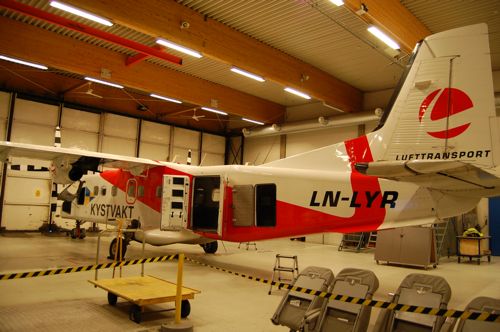
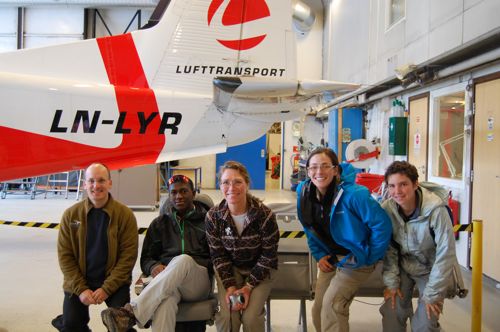
The view was absolutely breathtaking. We could see the ice sheets covering the mountains and the glaciers flowing down to the sea. Seeing this gave me my first glimpse of how dynamic glaciers are – these are not static bands of ice, but rather moving rivers of ice.
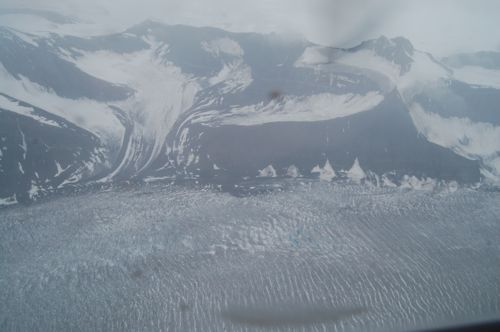
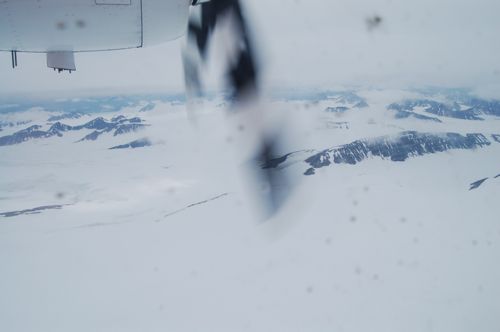
We flew right over the glaciers we'll be studying. We could see crevasses (large cracks in the glacier) and at the margin (where the glacier meets the ocean) we could see a brown patch in the water where a huge plume of sediment is being pushed up from below. Since glacial sediment is the focus of this research, I'm sure we'll be spending a lot of time at that spot.
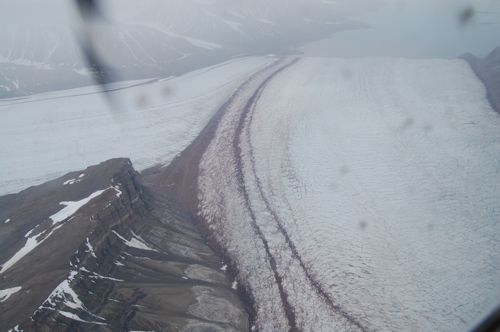
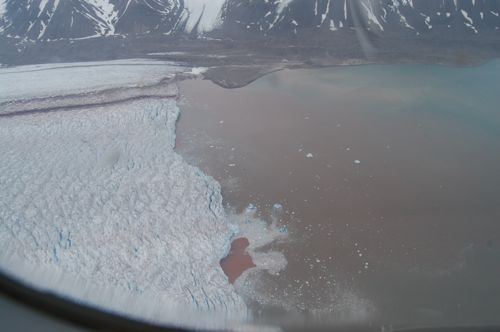
We flew along Kongsfjord ("King's fjord", which is the fjord that Ny Ålesund is on) and then circled back to land in Ny Ålesund. As we landed in this spectacular setting, I kept thinking to myself how lucky I am to be able to experience this!
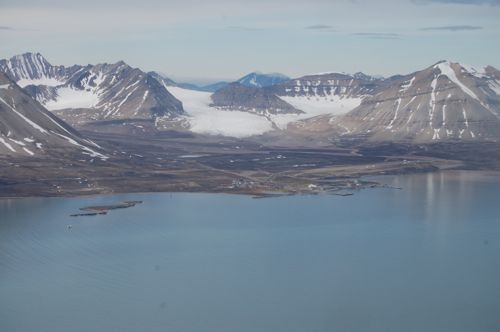
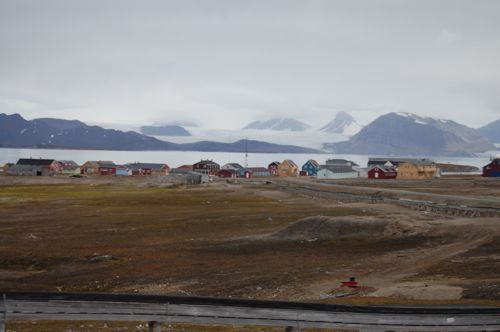
Settling into Ny Ålesund
We landed right before lunch, so within a few minutes we joined other scientists in the cafeteria for lunch. Given how remote we are, the lunch buffet had an impressive selection of fresh food. And the cafeteria looks out over the fjord and the mountains and glaciers beyond. (People would pay a lot of money for a nice dinner with a view like this!)
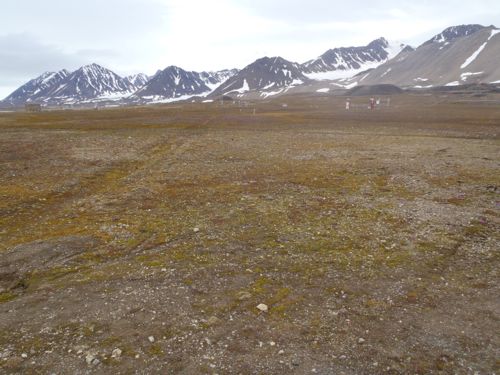
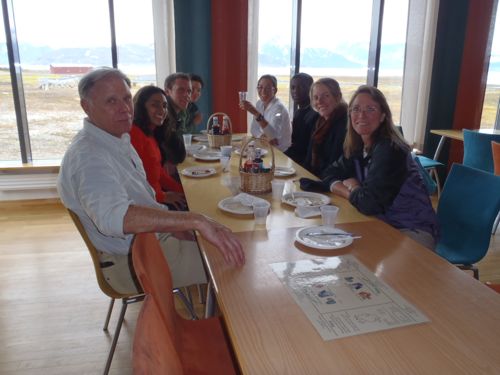
I will write a lot more about Ny Ålesund in the coming weeks, but I was struck right away at how international a place it is. Many countries fund their own Arctic research programs, including India, France, the Netherlands, Great Britain, China (and I'm sure there are others). Some countries have even built their own living quarters and laboratories for their scientists. The United States doesn't fund it's own research program here (probably because we have such good access to the Arctic in Alaska) so Julie and Ross had to rent out space directly from the Norwegian organizations that run Ny Ålesund. I look forward to getting to know other scientists and learning about why they are here.
Our accommodations are very comfortable. I have my own room with my own bathroom and shower (and internet access!). The students have to share rooms but the rooms are quite nice – spotlessly clean, which is what can be said for just about every building I've been in here. That's quite impressive given how muddy it is outside!
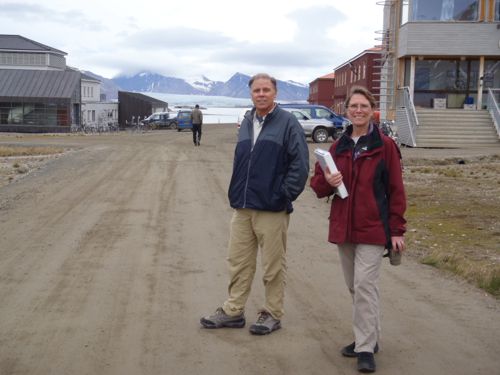
This afternoon we settled into our rooms and began to unload all the various equipment that Julie and Ross had shipped up here.
Tomorrow the real work will begin – setting up the lab and beginning the field work!
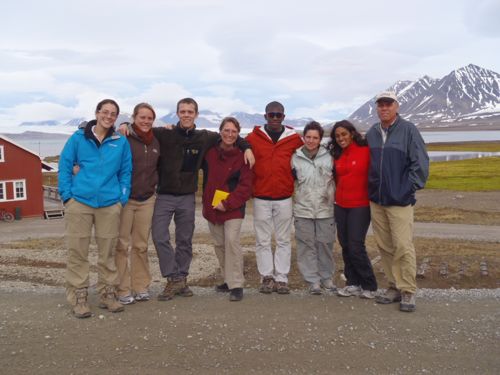
Question of the day
Both Longyearbyen and Ny Ålesund sit next to bodies of water we call fjords. What do you think a fjord is? And what do glaciers have to do with them?
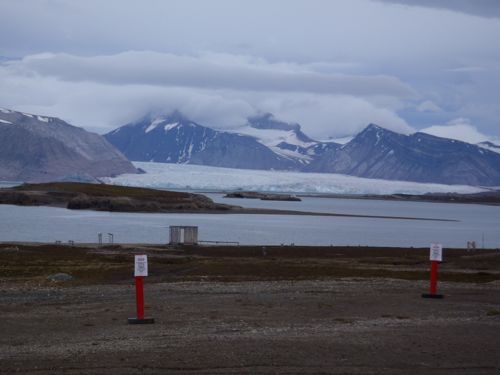
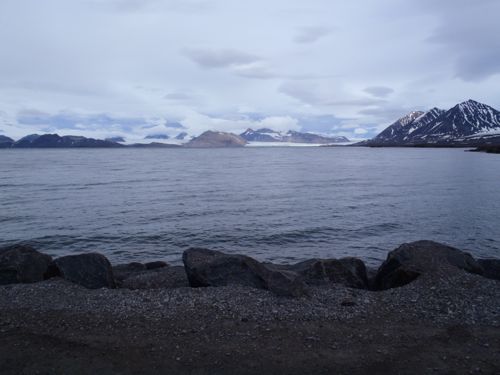
Answers to previous questions:
On Monday I asked what the significance of the Arctic Circle was. Here's the answer: The Arctic Circle is at 66.6º degrees latitude. Anywhere North of the Arctic Circle will experience at least one 24 hour period of continuous daylight (and at least one day of continuous darkness)., and the farther North you go the more days of continuous daylight you will get. Here in Svalbard we are so far North (in Ny Ålesund I'm at 79º latitude) that they have about 4 months of complete daylight! (Of course in the winter they have about 4 months of complete darkness!)
Yesterday I asked why there was 24 hours of daylight up here. Of course the easy answer (which doesn't really explain it) is that because we are North of the Arctic Circle we have 24 hour daylight. But why is this so? Here's the answer:
As the Earth rotates through a 24-hour cycle, it rotates around itself. We say that the Earth rotates on an axis, which is a line between the North and South Pole. During this rotation, when you are facing the Sun it is day, and later, when you are on the side facing away, it is night. But the Earth is also tilted (at an angle of 23.5º). Because of this tilt, when the Earth makes its trip around the Sun, different areas will receive different amounts of sunlight. When it is summer in the Northern hemisphere, it is as if we are tilting toward the Sun, so as we rotate around through day and night, we receive more daylight and our nights are shorter. In the winter it is the opposite. Because of this tilt, in summer areas above the Arctic Circle never rotate into night – the Sun will continue to shine on them.
If you are having trouble understanding this, it is because it is such a hard thing to visualize. There are lots of great animations and videos on the internet to help. Here's one: http://www.rkm.com.au/animations/animation-seasons.html
On Tuesday I asked a question about which direction my camera was pointing when it was close to midnight the Sun was almost ahead of me. The answer is North, which may surprise some of you – in the mid-latitudes you never look North to find the Sun! But up here in the Arctic, the Sun makes a complete circle in the sky, so at midnight you would look due North to see the Sun!


Comments